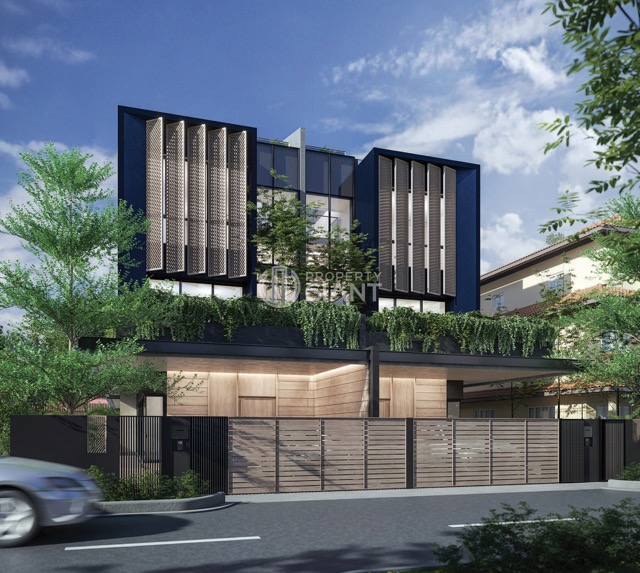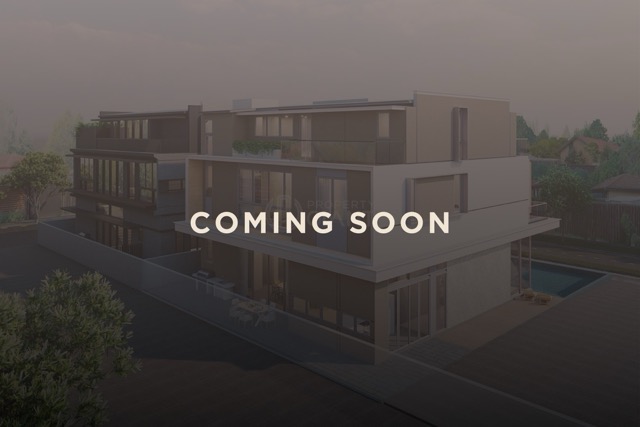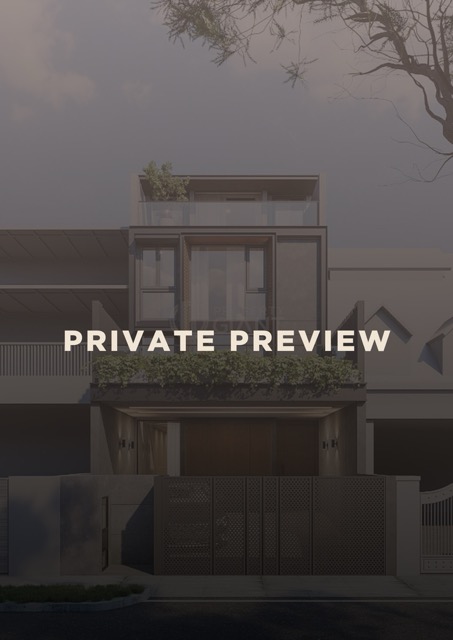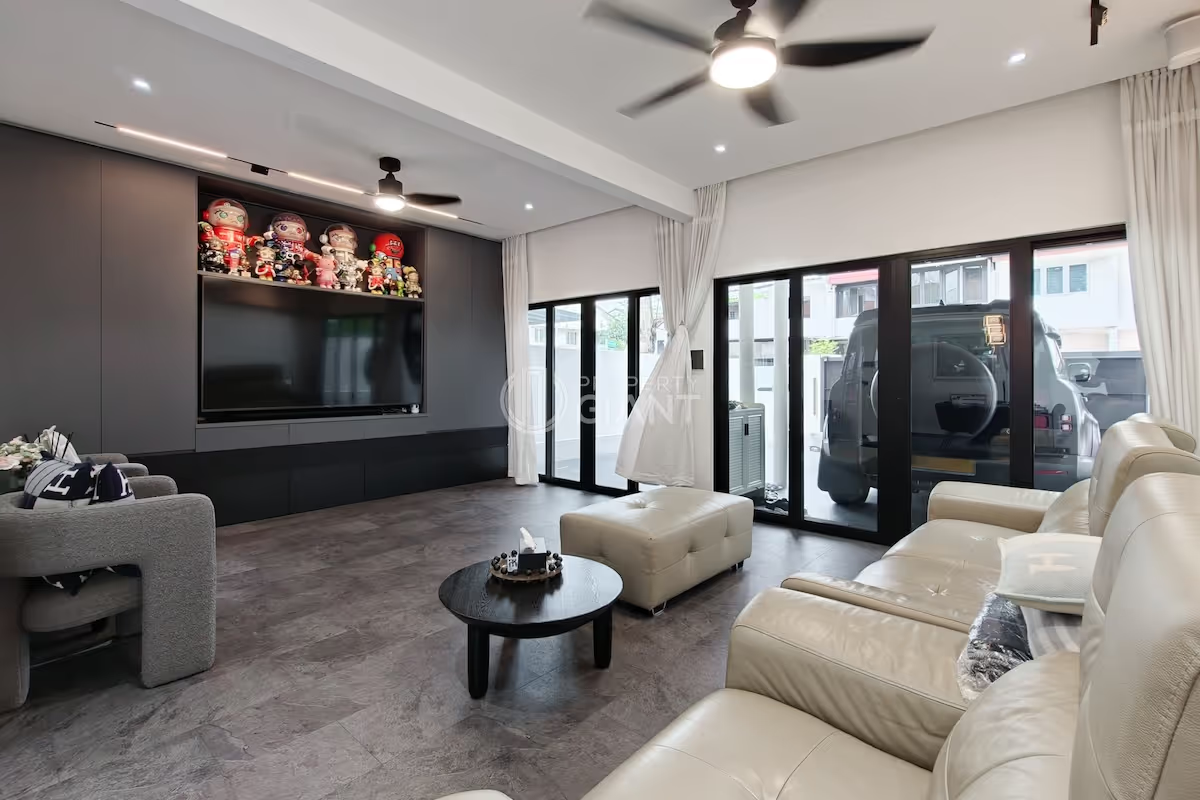The first public housing units in Bukit Timah in about 40 years will be built in Turf City, as part of plans to develop 15,000 to 20,000 new homes on the former racecourse site over the next two to three decades.
The upcoming estate will be “inclusive and highly accessible”, with both public and private housing, said Minister for National Development Desmond Lee on May 23 at The URA Centre, where he launched an exhibition showcasing plans for Bukit Timah Turf City.
Mr Lee said the addition of public homes in Bukit Timah will meet “the growing aspirations among Singaporeans to live closer to their workplaces in the city”.
The Urban Redevelopment Authority (URA) said the new estate will be car-lite, pedestrian-friendly and well-served by public transport, with good walking and cycling connections.

Future residents will be within a 10-minute walk of either of two MRT stations – Sixth Avenue on the Downtown Line or Turf City on the upcoming Cross Island Line. Mr Lee said the latter will be completed in 2032.
URA said the estate will be developed over time, starting with areas closer to existing transport nodes along Dunearn Road – where Sixth Avenue MRT station is located.
Between 1933 and 1999, Bukit Timah Turf City was Singapore’s second racecourse, before the Turf Club relocated to Kranji to ease traffic congestion in the area.
The 176ha Bukit Timah site has been largely zoned for residential use since URA’s 1998 masterplan, and was leased out for interim lifestyle and recreational uses until end-2023.

To accommodate an anticipated growth in traffic as the estate is developed, road improvement works will be carried out in Dunearn Road, Bukit Timah Road and Eng Neo Avenue, URA said.
“Agencies are also studying the technical feasibility and environmental impact of implementing a new exit ramp from PIE, towards Tuas, as an alternative access to the site and to facilitate the distribution of traffic in the area,” it added.
Responding to queries, the Land Transport Authority said studies will be conducted on widening Eng Neo Avenue to three lanes in each direction from two lanes now, and improving existing junctions along Dunearn Road and Bukit Timah Road.
URA said most amenities, such as shops, community and recreational facilities and parks, will be within a 10-minute walk of future homes in the estate.
Fewer parking spaces will be provided to “prioritise space for public amenities, greenery and housing”, in line with plans to make the estate car-lite, URA added.
As part of planning for the site, two studies – one assessing future developments’ impact on heritage, and the other the impact on the environment of the area – were conducted.
Key strategies to minimise future developments’ impact include potentially keeping 27 heritage buildings and structures in the estate, as well as retaining most of Eng Neo Avenue Forest and Bukit Tinggi. Studies had found that these two forested areas house flora and fauna species of conservation significance.
To respect the surrounding environment, said URA, new developments will have to adhere to urban design guidelines, such as keeping building heights lower when they are located near key heritage buildings, green spaces and existing low-rise housing areas.

Centrally located areas within the estate, such as those closer to MRT stations, will be used for high-rise housing to allow more to live near transport nodes, said URA.
Based on URA’s conceptual plans, four distinctive neighbourhoods are likely to be built in Bukit Timah Turf City, “each featuring new public spaces integrated with existing landscape and heritage buildings to reflect their unique characters while promoting community bonding”.
The estate and its neighbourhoods have been given working names, and Mr Lee invited the public to suggest names for them.
The first, Racecourse Neighbourhood, will be anchored by two historic grandstands and a new central open space reminiscent of the racecourse’s original racetracks.

This neighbourhood will be Bukit Timah Turf City’s civic heart, and provide “a wide variety of large-scale sports, recreational, commercial and community amenities” within a five-minute walk of Turf City MRT station.
Stables Commune, the second neighbourhood located near Dunearn Road, will include former workers’ quarters and stables that will house small-scale lifestyle offerings. It will “take after the existing street character of Bukit Timah Road”, said URA.
The third neighbourhood, Saddle Club Knolls, will “be defined by its undulating terrain and surrounding forests”.
Here, the former Bukit Timah Saddle Club and its surrounding landscape will be a lifestyle node, while the old Fairways Quarters could host family-friendly activities.

The last neighbourhood, Tinggi Hills, located within former golf course land, will have homes with good views of the Central Catchment Nature Reserve and Bukit Tinggi.
Holland-Bukit Timah GRC MP Sim Ann, whose Bukit Timah ward includes the former Turf City site, said at the exhibition launch that while the plans to develop the area are not a surprise to residents, the addition of public housing may draw mixed reactions among them.
“Some would welcome it because they would see it as an opportunity for more affordable housing options,” she said, adding that this could allow younger residents to live near their parents.
Others, she said, may “need time to digest this change, because it is after all a change in the neighbourhood”.
Citing the Toh Yi Gardens neighbourhood in Upper Bukit Timah – its 19 HDB blocks had 99-year leases commencing in the late 1980s – Ms Sim, who is Senior Minister of State for National Development, said residents living nearby would be able to picture what having more public housing would look like.
But for residents around Turf City, “it may take some time for them to grapple with this and also to digest this announcement”.
With the planned injection of high-density housing, residents can look forward to publicly funded amenities that would otherwise not be available in less densely populated areas, she said.
Sociologist Ho Kong Chong, an associate professor and head of studies for Yale-NUS College’s urban studies programme, said that with Singapore’s fourth-generation leaders pushing for greater inclusivity in society, “that process must work at the level of housing”.
He noted that inclusivity in housing can be achieved at two levels – first with the integration of rental and sold flats in the same block, and then, at the broader level, by introducing diversity into neighbourhoods.
Given Bukit Timah’s size and its high concentration of private residences, said Prof Ho, the area is prime for greater social diversity to be introduced.
“The infrastructure is right, and it has a great bus network now supplemented by the MRT system,” he added, referring to the Downtown Line, which had its Bukit Timah stretch open in 2015.
On concerns that existing residents may not take well to the injection of public housing, Prof Ho said studies have shown that Singaporeans have a high openness towards diversity – which the country’s multicultural society has helped foster.
URA said its plans for Bukit Timah Turf City have been shaped by “extensive” engagement with residents, heritage and nature groups over the last few years, as well as feedback garnered since the October 2023 launch of public engagement for the upcoming draft masterplan, to be unveiled in 2025.

The masterplan guides Singapore’s development over the next 10 to 15 years.
The agency said that during engagement with existing residents in nearby estates, many said they look forward to better connectivity in the area and more retail and community amenities.
URA also cited a collaboration with nature groups to improve connectivity for Malayan colugos within the site – allowing them to move safely from one place to another – as one of the outcomes of its engagements.
On the heritage front, the agency engaged former workers and residents of Singapore Turf Club to document their work and anecdotes, with discussions yielding suggestions on the provision of amenities and communal spaces.
The Bukit Timah Turf City exhibition at The URA Centre in Maxwell Road will run till July 23, and the public can share feedback on the plans through this feedback form.
Credit: The Straits Times


















